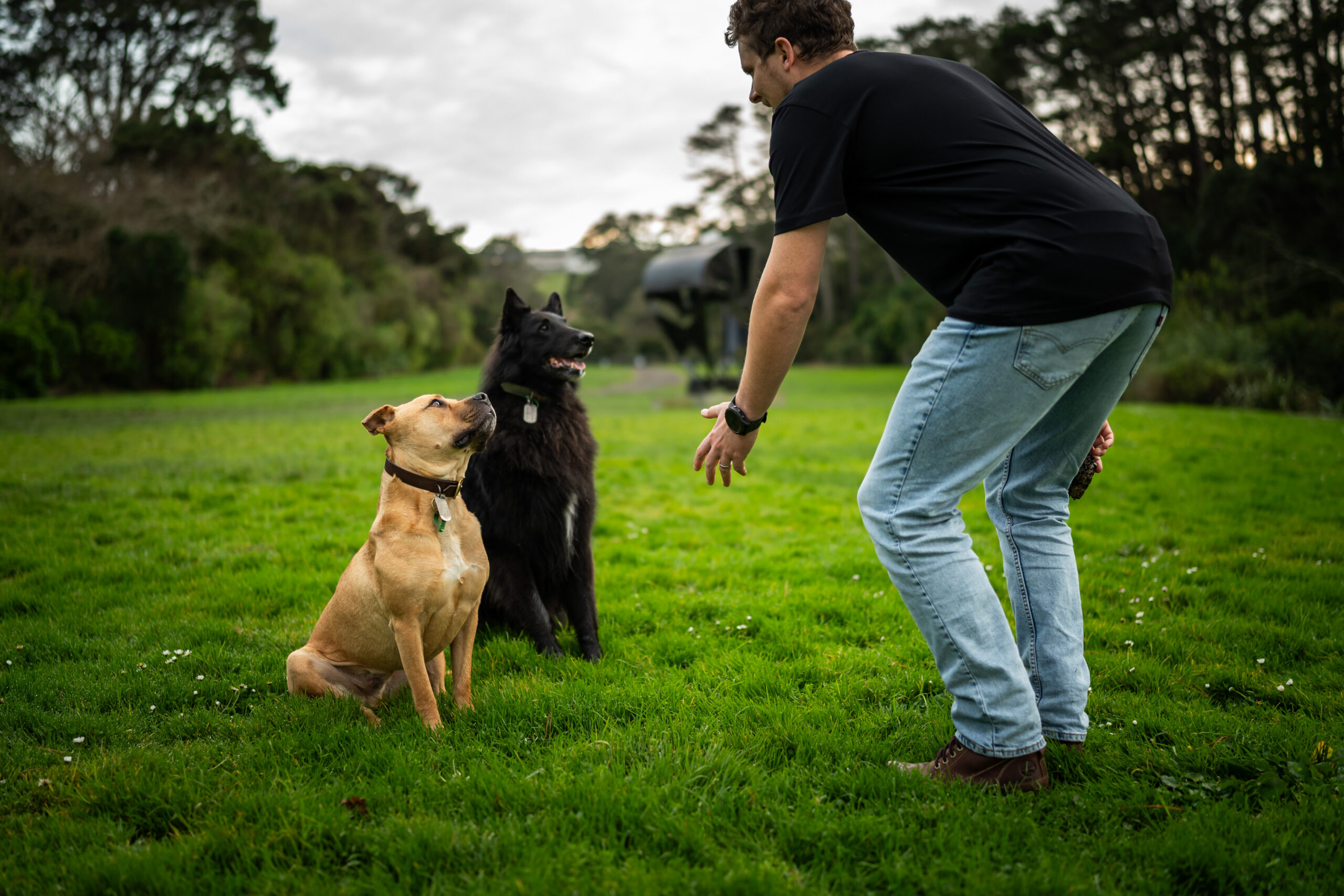It is important to find the right dog trainer for your pet in order to ensure that they receive the best training, socialization and guidance. A good dog trainer can make all the difference to your dog’s ability, both to interact with other dogs and humans, as well as develop good habits. Trainers can differ in their techniques and expertise. Consider these factors to make the right choice when choosing a trainer for you pet.
1. Understanding Your Dog’s Needs
Assess your dog’s needs before choosing a trainer. Do you want basic obedience training, behavior modification, socialization or advanced competition training? Different training methods may be required for puppies, rescue dogs and aggressive dogs. Knowing what your dog requires will help you find trainers that specialize in these areas.
2. Research Methods
Different trainers use different training philosophies. Others may focus on balanced training, which includes both praise and treats. Choose a training technique that fits your philosophy and the temperament of your dog. Avoid trainers that use outdated or harsh methods of training, which could be harmful to your dog.
3. Check Trainer Credentials and Experience
Even though dog training is a non-regulated industry, there are many reputable trainers who have received certifications from recognized organisations, such as the International Association of Canine Professionals, the Association of Professional Dog Trainers, or the Certification Council for Professional Dog Trainers. These certifications show that the trainer is a professional who has received a rigorous education, and follows ethical training standards. Consider the trainer’s level of experience. Someone who has trained for many years and worked successfully with dogs like yours can be a great choice.
4. Observe an Training Session
Watching a trainer in action is one of the best methods to assess them. Most trainers will allow potential clients to watch a training session before they commit. Be sure to observe how the trainer interacts with both dogs and owners. Are they calm, patient and encouraging? Do the dogs respond positively? You can gain first-hand knowledge of the trainer’s methods and approach by watching a training session.
5. Check out Reviews and Ask for References
Look for testimonials from clients who have been satisfied with the services of a trainer. You can find testimonials by visiting their website, Google Reviews, or other social media platforms. Ask the trainer to provide references from previous clients. You can gauge the trainer’s effectiveness by speaking with other dog owners.
6. Personalized Training Plans
A good trainer will be able tailor the training program for your dog to match its temperament, learning speed, and behavioral issues. Trainers who have a “one-size-fits all” approach should be avoided, because dogs are different. A personalized training program ensures your dog receives the guidance it needs.
7. Evaluation of Communication and Teaching Style
A good dog trainer will not only train your dog, but also teach you how to reinforce the training at home. Select a trainer that communicates well, patiently answers all your questions, and gives you clear guidance. It’s important to choose a trainer who will help you understand how the training process works.
8. Consider Class Size and Structure
Both group classes and private lessons have their advantages. Group classes offer socialization, which helps dogs learn to behave with others. Private lessons allow for a more personalized approach and can be tailored towards specific issues. Consider which setting is best for your dog, and make sure that the class size is manageable to ensure that each dog gets adequate attention.
9. Choose a Facility that is Professional and Well Equipped
If you are training at a facility make sure it is well organized, clean and safe. Professional training environments should be equipped with adequate space to allow dogs to move comfortably. They also need proper fencing and the necessary training tools. Well-maintained facilities are a sign that the facility is well maintained and shows professionalism.
10. Compare Value and Cost
The cheapest option may not be the best. Dog training is an investment. Compare prices between trainers, taking into account their credentials, experience and training methods. Some trainers provide package deals that can prove to be cost-effective over time. Focus on the value you get for your money, rather than choosing the cheapest price.
11. You Should Trust Your Instincts
Trust your gut instincts to choose a trainer. Keep looking if you feel something is off, or your dog appears uncomfortable with a certain trainer. The training experience for your dog should be supportive and positive, ensuring long-term success.
Final Thoughts
It is important to do thorough research before choosing a dog trainer. You can find the right Dog Training in Perth for your pet by understanding his needs, evaluating their training methods, checking credentials and observing session. A happy dog is one that has been well-trained. With the right guidance and training, you can enjoy a long and positive relationship with your dog.

